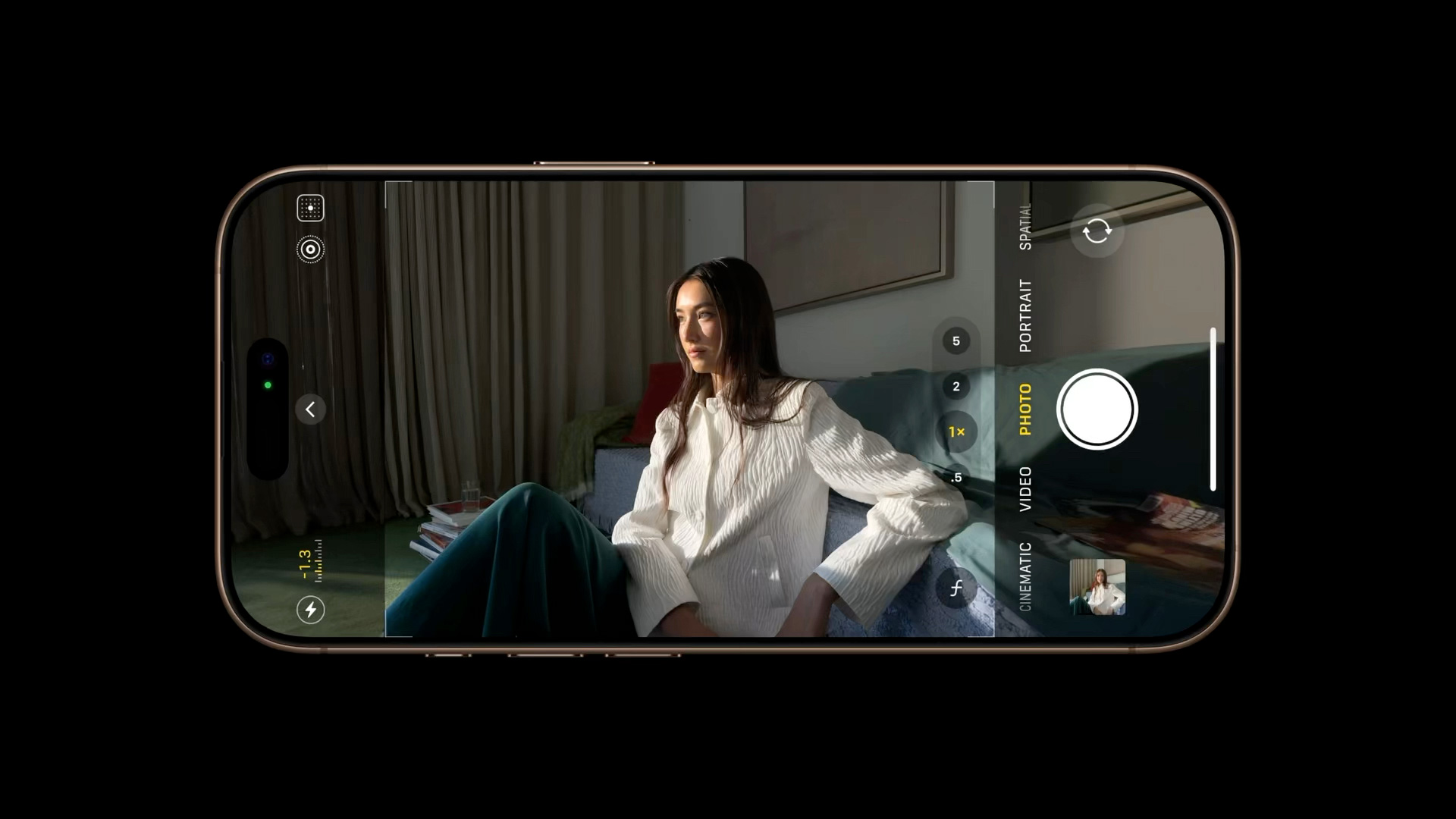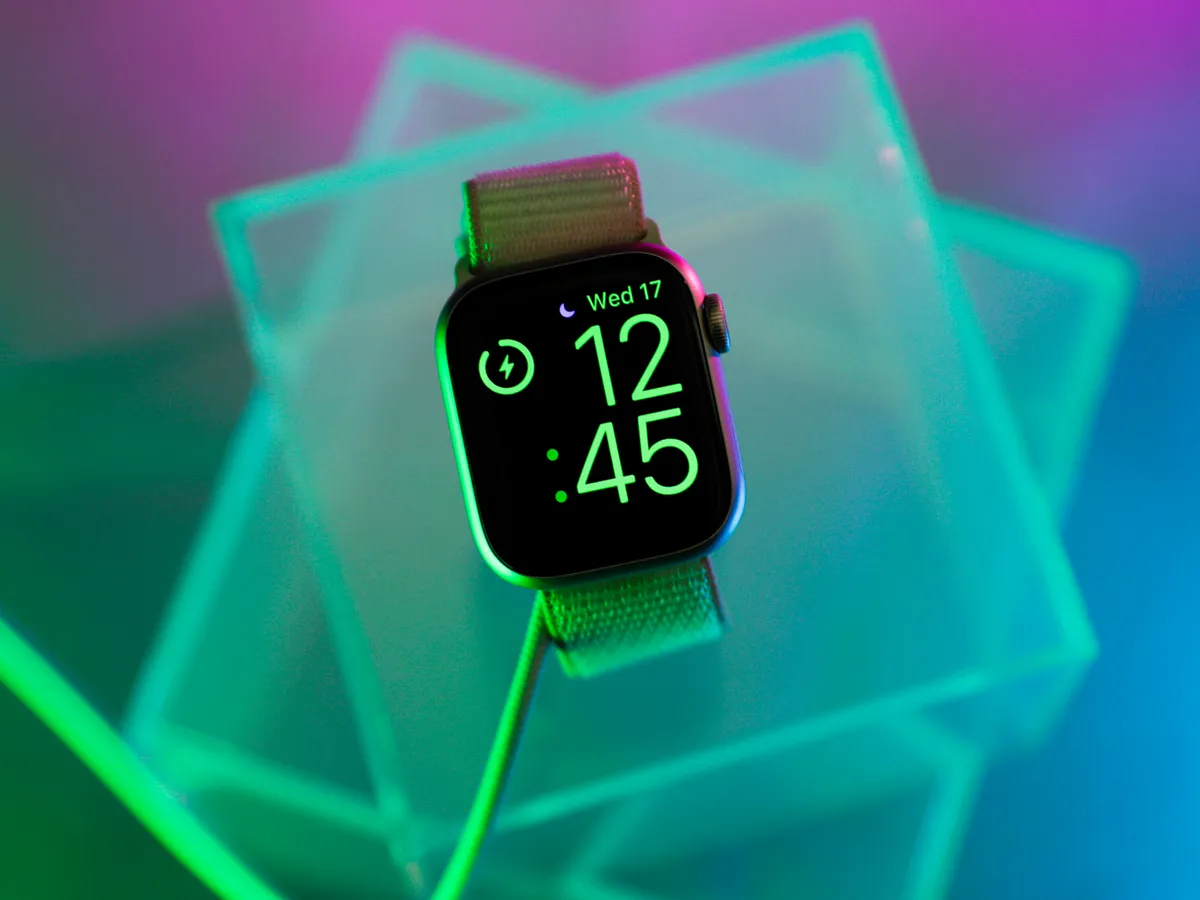The tech world is abuzz with whispers of upcoming Apple innovations, from a revamped Magic Mouse promising a futuristic user experience to the next iteration of the budget-friendly iPhone SE potentially seeing a price adjustment. Let’s delve into these intriguing rumors and explore what they might mean for consumers.
A New Era for the Magic Mouse: Touch, Voice, and Ergonomics
For years, the Magic Mouse has been a staple on desks alongside Macs, known for its sleek design and multi-touch capabilities. However, it hasn’t been without its critics. The placement of the charging port on the bottom, rendering the mouse unusable while charging, has been a persistent point of contention. Now, whispers emanating from Korea, building upon earlier reports from Bloomberg’s Mark Gurman, suggest Apple is finally addressing these concerns and taking the Magic Mouse into a new era.
The rumored redesign, slated for a potential 2026 release alongside an OLED MacBook Pro powered by the “M6” chip, goes far beyond simply relocating the charging port. Sources indicate Apple is experimenting with a prototype incorporating a blend of touch, voice controls, and hand gestures. This ambitious approach aims to make the mouse more intuitive and adaptable to the evolving demands of modern computing. Imagine seamlessly switching between applications with a swipe, dictating text directly through the mouse, or executing complex commands with a simple hand gesture. This could revolutionize how we interact with our computers.
Beyond the innovative input methods, ergonomics are also reportedly a key focus. The Magic Mouse’s flat design hasn’t been universally praised for its comfort during extended use. A redesign could bring a more contoured shape, potentially reducing strain and improving overall usability.
The current Magic Mouse has seen incremental updates since its initial 2009 launch, including the shift to a built-in rechargeable battery in 2015, color-matching options introduced with the iMac in 2021, and the recent transition from Lightning to USB-C. However, a complete overhaul incorporating touch, voice, and improved ergonomics would represent the most significant change in the mouse’s history, signaling a bold step forward in input device technology.
iPhone SE 4: Balancing Affordability with Advanced Features
Turning our attention to the mobile front, rumors suggest the fourth-generation iPhone SE could see a slight price increase. While the current model has been a popular choice for budget-conscious consumers seeking the Apple ecosystem, the next iteration is expected to pack some significant upgrades.
According to information originating from a Japanese source and shared on the Korean social media platform Naver by the user “yeux1122,” the iPhone SE 4 could be priced below 78,000 yen (approximately $500). However, the same source suggests a Korean price exceeding 800,000 won, translating to around $540. This international pricing discrepancy raises the possibility of a price increase compared to the current model, which starts at $429.
Previous reports have offered varying predictions, some suggesting Apple would maintain the $429 price point or implement a modest 10% increase, bringing it to around $470. The latest information points towards Apple potentially aiming to keep the US price below $500, even with a slight upward adjustment.
Several factors could justify a price bump. The iPhone SE 4 is rumored to inherit several features from higher-end iPhones, including Face ID, a modern all-screen design, an OLED display, and a USB-C port. These upgrades represent a significant leap forward in technology and user experience compared to the current model, which still utilizes a Home button and a smaller display.
While the iPhone SE has always been positioned as Apple’s entry-level iPhone, incorporating these advanced features naturally comes at a cost. Balancing affordability with cutting-edge technology is a delicate act, and it appears Apple is carefully considering the optimal price point for the iPhone SE 4. The rumored launch window of March 2025 gives Apple ample time to finalize its strategy.
Looking Ahead
These rumors, while still unconfirmed, offer an exciting glimpse into Apple’s potential future product lineup. The redesigned Magic Mouse promises to redefine how we interact with our computers, while the iPhone SE 4 could bring flagship-level features to a more accessible price point.
As always, it’s essential to treat these reports with a degree of caution. However, the convergence of multiple sources adds weight to these claims, leaving us eagerly anticipating what Apple has in store. The coming years could bring significant advancements in both input devices and mobile technology, further solidifying Apple’s position at the forefront of innovation.


